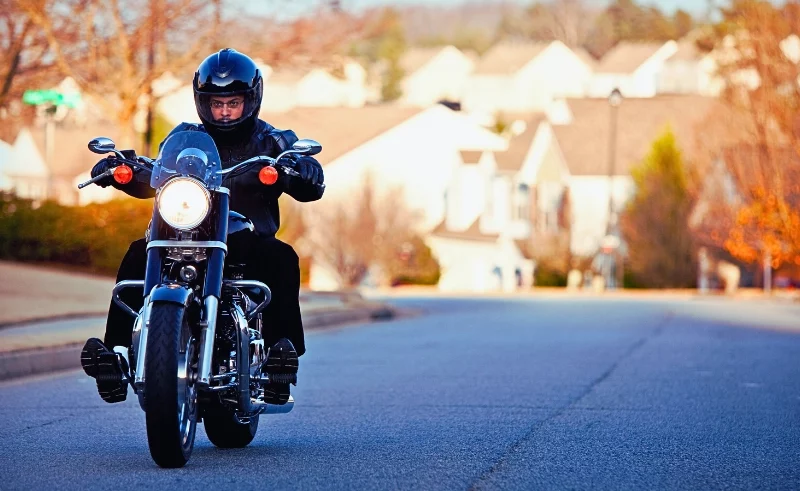By May, even the snowiest areas of the nation are warming up, which means that many are taking their motorcycles out of winter storage and hitting the open road for a wind-in-your-face thrill. That’s why the National Highway Traffic Safety Administration designated May as Motorcycle Safety Awareness Month.

Florida, along with Texas and California, consistently ranks among the top states for motorcycle injuries and fatalities, largely because the warm climate means that owners ride their motorcycles year-round, as opposed to colder or rainier regions, where motorcycle riding is limited. Here in the Sunshine State, motorcycle injuries have increased by 50 percent and motorcycle fatalities have increased by almost 90 percent over the past decade. Plus, for every mile traveled, riders have a 30 times higher risk of being killed in an accident on a motorcycle than when riding in a car. In fact, though motorcycles account for only about three percent of registered vehicles on the road, motorcycle riders are dramatically overrepresented in fatal crashes, especially those involving alcohol.
Whether you ride a motorcycle or drive a car or truck, Todd E. Copeland & Associates offer these eight top tips to follow every month of the year.
- If you drive a passenger car, allow a greater following distance when behind a motorcycle than when behind another car.
- Use extra caution in intersections. Most crashes occur when a passenger vehicle driver fails to see a motorcyclist and turns left in front of a motorcycle.
- Passenger car drivers should never try to share a lane with a motorcycle. Always give a motorcycle the full lane width.
- Wear your helmet, even though it’s not required by Florida law. Studies and statistics show that wearing a helmet reduces your chances of being killed in an accident by at least 40 percent.
- Avoid riding your motorcycle in poor weather conditions. Keep in mind that Florida is affected by the Atlantic hurricane season, which begins June 1 and runs through November. Also know that stopping distance for motorcycles is similar to that of cars, but slippery pavement makes stopping more difficult.
- When on the road, always position your motorcycle to avoid a passenger vehicle driver’s blind spot.
- Whether on a motorcycle or in a passenger vehicle, use turn signals for every turn or lane change.
Don’t drink and ride. NHTSA statistics show that more than 1 in 4 (27%) of all motorcyclists involved in fatal crashes in 2012 were legally drunk. When it comes to motorcyclist killed in single vehicle accidents, some 43 percent overall were impaired, and on weekend nights, that figure jumps to 64 percent.
If you suffer an injury in a motorcycle accident due to someone else’s negligence, get medical treatment and contact an experienced motorcycle accident attorney with Orlando’s Todd E. Copeland & Associates. We can be reached 24/7 at 407-999-8995.
